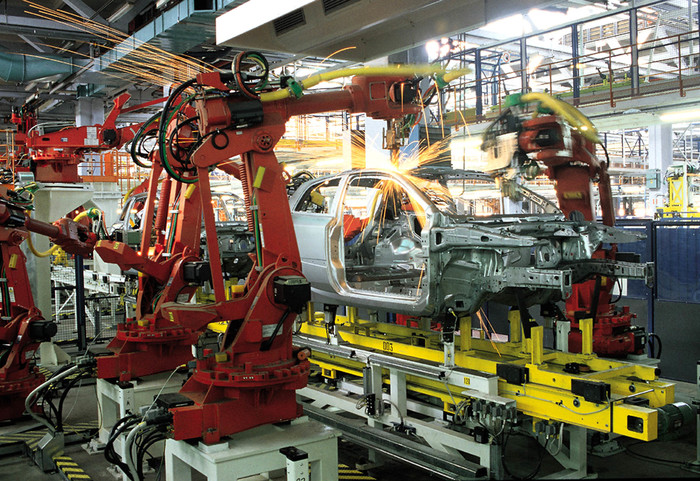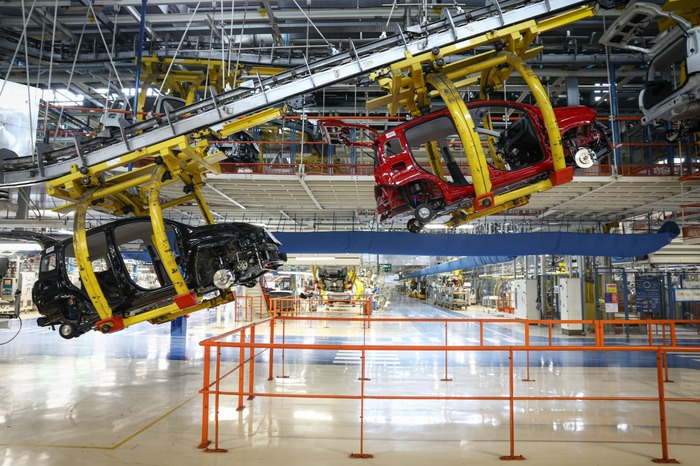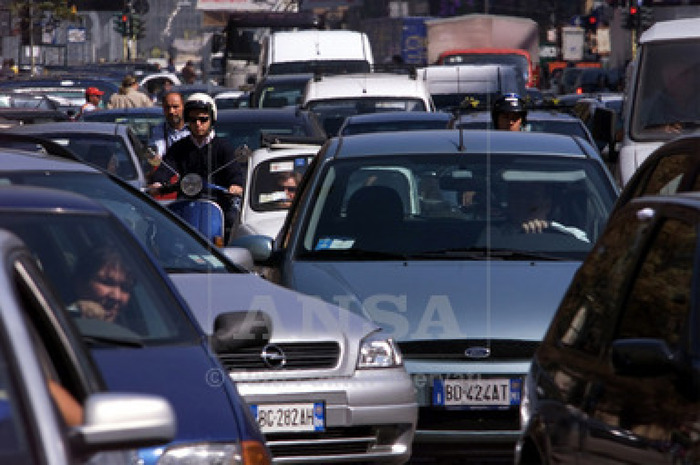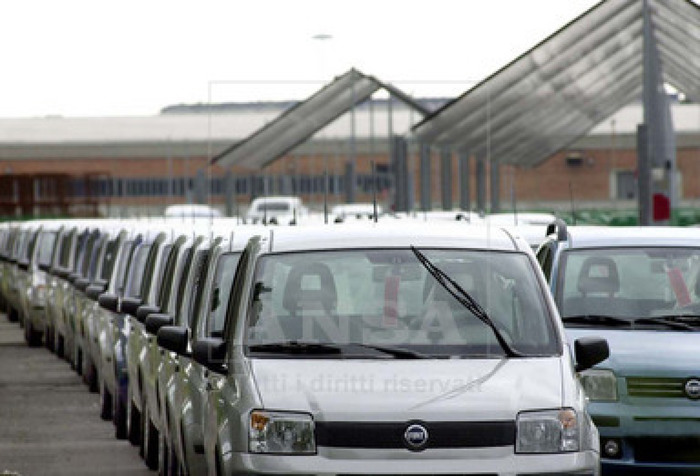The Italian car market rebounds in March: registrations - according to data from the Ministry of Infrastructure - were 169,684, 497.2% more than the same month last year, when however there was a collapse due to the first lockdown for the pandemic.
Compared to March 2019, on the other hand, sales are down by 12.7%.
In the first three months of the year, registrations amounted to 446,978, up by 28.7% over the same period of 2020.
The Stellantis group registered 68,222 cars in Italy in March compared to 8,096 in the same month of 2020, with a growth of 742.7%.
The share rises to 40.2% compared to 28.5% a year ago.
In the three months, the group's registrations totaled 179,937, 25.8% more than the same period last year when there were 143,070.
The share is 40.3% compared to 41.2% in the first quarter of a year ago.
"The exceptional growth in March - explains
Centro Studi Promotor
- is not due to a flourishing situation in the car market, which is still in serious difficulty, but to the fact that the comparison is made with March 2020 which was the first month affected by the effects of the pandemic. If we compare the data with that of the last 'normal' month, March 2019, there is a decrease of 12.7%. The result for March is therefore negative, even if in the first quarter of 2021 'trend of the Italian market is better than that of the main countries of the European Union "" This is because in Italy, with great foresight - he explains - incentives have been provided for the first half of 2021 also to support sales of traditionally fueled cars, but with emissions not exceeding 135 gr / km of CO2. This decision was very appropriate for two reasons. The first is that the incentives in force since 2019 for electric cars, even if generous, are not sufficient to determine a volume of
you say it can compensate for the impact of the pandemic for the severe shortage of charging points for batteries.
The second reason is that car manufacturers derive the resources to invest in electricity from traditional car sales. "The Csp reports that" today, April 1st, the available funds amount to 15 million euros, enough for the first week of the year. month after which the car market will suffer the full impact of the pandemic with devastating effects.
Suffice it to say that during the lockdown of April 2020, sales dropped by 97.5% "." It is absolutely necessary - says Gian Primo Quagliano, president of the Promotor Study Center - that the Government adequately refines, for the entire 2021 incentives for traditionally fueled cars with low emissions.
Otherwise the market will collapse and we cannot think that the Italian economic system will recover the effect of the pandemic with a sector of extraordinary importance, which with its related activities is worth 12% of GDP, in a deep coma ".
"The continuous decline in registrations - says
Michele Crisci, president of Unrae
, the association of foreign car manufacturers - which must obviously be measured on 2019 since March 2020 cannot be a yardstick, is increasingly worrying the market and businesses. A in view of these data, the refinancing of incentives to allow scrapping in the 61-135 g / km CO2 range up to the end of June is in our opinion a necessity that cannot be ignored by the government ".
Crisci raises the alarm for the exhaustion of the scrapping incentives.
"The incentives - he explains - have up to now made it possible to speed up the pace of replacement of cars with over 10 years of life, saving the environment tens of thousands of tons of CO2, and at the same time speeding up the transition to new engines. very low impact which for the first time in Italy in February, in the case of hybrids, exceeded diesel sales. The environmental benefit Bev and Phev, today at a share of just under 9%, is slowed down by the lack of recharging infrastructure . Italy with 2.7 recharging points per 100 km is still in sixteenth place in Europe and is far from Germany, which despite being among the top six in the ranking with 6.9 recharging points per 100 km, in recent days has announced a 5.5 billion euro plan to finance the construction of charging stations. The NRR is an opportunity to accelerate, also in Italy, the green turning point in mobility, on which car manufacturers have been investing for years
tone great resources in research and development ".
The president of Unrae also reiterates "the need to bridge the fiscal gap between Italy and the main European markets for company cars".
"After the negative performances in January (-14%) and February (-12.3%) - underlines
Paolo Scudieri, president of Anfia
- in March the car market showed a positive sign, however distorted by the comparison with an unprecedented March 2020 in terms of negative performance, the result of the shock generated by the outbreak of the health emergency also in our country ". "Since it is therefore a completely unequal comparison, it makes more sense to compare this third month of 2021 to March 2019, a month with volumes already down (193,662 units), compared to which registrations are down by 12.7%, a sign that the effects of the pandemic, with Italy divided into red and orange zones, still affect the recovery of the sector, thanks to a still uncertain economic situation that also impacts the climate of consumer confidence and a supply crisis of some raw materials still today persistent". Anfia underlines that "today there is good news, given the approval of the extension to the entry into force of the new regulation of the Single Document for the circulation and ownership of motor vehicles, initially expected by 31 March and now moved to the next 30 June, urgently requested by the associations of the automotive supply chain ". For Anfia, "another fundamental step to be taken in the short term to recover and continue on the path of sustainable development is the refinancing of incentives for cars in the 61-135 g / km of CO2 range, close to exhaustion, and for light commercial vehicles, as well as making the eco-bonus for cars up to 60 g / km of CO2 structural until 2026 ".






